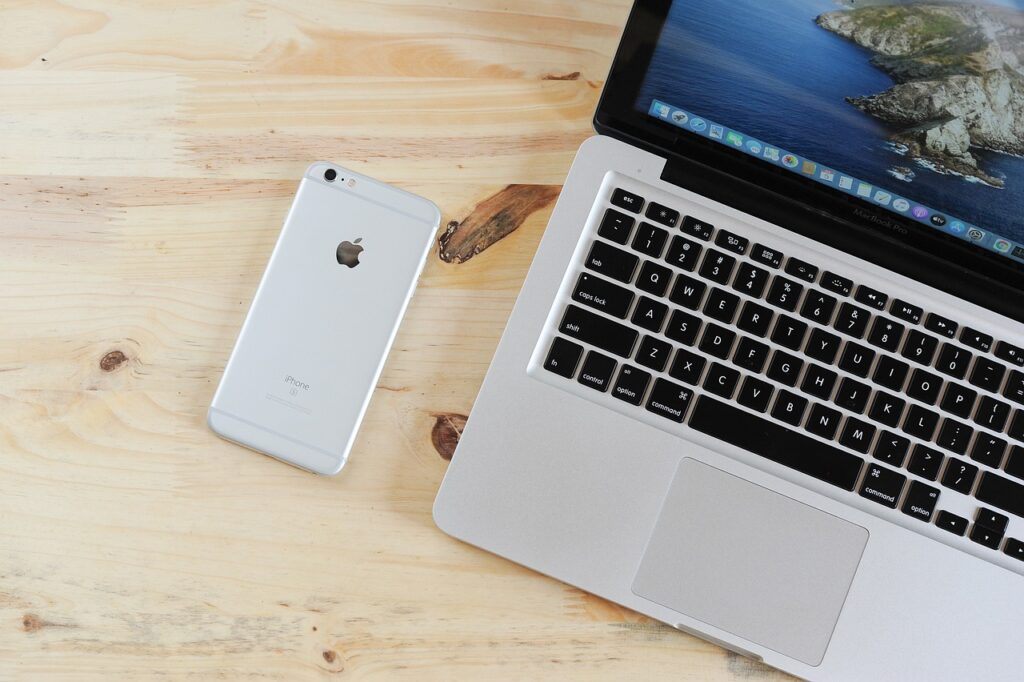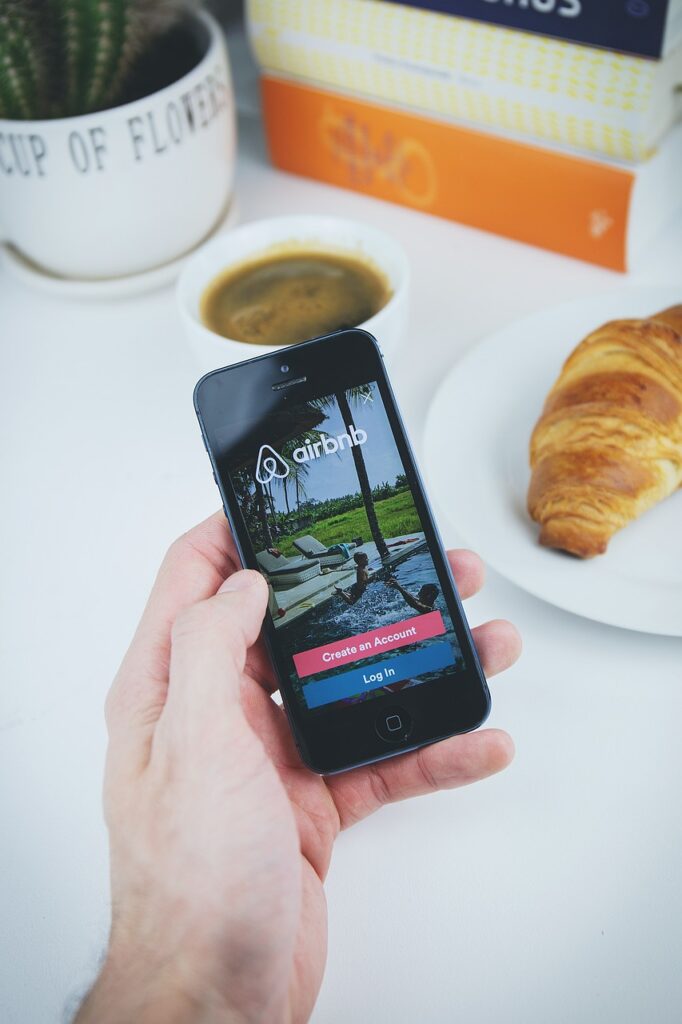Welcome to the exciting world of UX/UI design, where creativity meets functionality to create seamless user experiences! Today, we’re going to delve into the fascinating topic of intuition in design, a key element that can elevate your designs to the next level.
What is Intuition in UX/UI Design?
Intuition in design is like a designer’s sixth sense, a gut feeling that guides decision-making throughout the design process. It’s that instinctive understanding of what will work best for users, even when data may not provide a clear answer. Intuition allows designers to tap into their creativity and empathy to create designs that resonate with users on a deeper level.
Think of intuition as your design superpower, helping you navigate through complex design challenges and make impactful design choices that truly connect with your audience. It’s about trusting your instincts and harnessing your creative vision to craft user experiences that are not only visually appealing but also intuitive and user-friendly.
Intuition plays a crucial role in understanding user needs and preferences, allowing designers to anticipate how users will interact with a product and what features will make their experience more seamless and enjoyable. By tapping into their intuition, designers can create designs that go beyond meeting functional requirements to truly delight and engage users.

Trust Your Gut
When it comes to design, it’s important to trust your instincts. Sometimes, your initial reaction to a design element or layout can be more valuable than hours of research. Your intuition is a powerful tool that can help you create designs that resonate with users on a deeper level.
Embrace Creativity
Intuition often sparks creativity and innovation in design. By tapping into your intuition, you can come up with fresh ideas and unique solutions that set your designs apart from the rest. Don’t be afraid to think outside the box and let your intuition guide you towards creating something truly remarkable.
Listen to Feedback
While intuition is a valuable asset in design, it’s also important to listen to feedback from users and stakeholders. Sometimes, our intuition can lead us astray, and feedback can provide valuable insights that help us course-correct and improve our designs. Strike a balance between trusting your intuition and being open to constructive criticism.
Stay Curious
Intuition thrives on curiosity. Keep exploring new design trends, experimenting with different techniques, and staying up-to-date with the latest industry innovations. The more curious you are, the more intuitive your design decisions will become.
Thoughts
Intuition is a powerful tool that can transform your design process and elevate the user experience. By harnessing your intuition, trusting your instincts, and staying open to feedback, you can create designs that not only look great but also resonate with users on a deeper level. So, go ahead and embrace your intuition – it just might lead you to design greatness!

Leveraging Intuition for User Research
When it comes to user research in UX/UI design, intuition plays a crucial role in uncovering insights that data alone may not reveal. While data provides valuable information, intuition helps designers understand the human element behind the numbers.
Intuition allows designers to empathize with users, putting themselves in their shoes to anticipate their needs, preferences, and pain points. It enables designers to ask the right questions, observe user behavior, and draw meaningful conclusions that inform the design process.

Why is Intuition Important in User Research?
Intuition helps designers go beyond what users say and delve into what they feel and do. It allows designers to pick up on subtle cues, body language, and emotions that users may not express verbally. This deep understanding of users’ motivations and behaviors is essential for creating user-centric designs that resonate with the target audience.
How to Leverage Intuition in User Research?
By combining data-driven insights with intuitive understanding of users, designers can create compelling and user-friendly designs that resonate with their target audience. Intuition in user research is not just a hunch or guesswork; it is a valuable tool that complements data analysis and enhances the overall design process.
Remember, intuition is not a substitute for thorough research and testing. It is a complementary skill that enhances the effectiveness of user research, guiding designers towards more informed and empathetic design decisions. Embrace your intuition, trust your instincts, and let it guide you towards creating meaningful and impactful user experiences.
So, you’ve got a great understanding of how intuition plays a key role in the design process. Now, let’s dive into incorporating intuitive design elements into your UX/UI projects!
What are Intuitive Design Elements?

Intuitive design elements are those that make it easy for users to navigate through your website or application without having to think too hard. They guide users seamlessly from one point to another, creating a smooth and enjoyable experience.
Examples of Intuitive Design Elements:
- Clear Navigation: Make sure your menu is easy to find and navigate, with clear labels that guide users to the information they need.
- Consistent Layout: Keep a consistent layout throughout your site, so users know what to expect and where to find key elements.
- Interactive Feedback: Use visual cues like hover effects, animations, or sounds to provide feedback when users interact with elements on your site.
- Minimalistic Design: Less is more! Avoid cluttered designs and focus on simplicity to help users focus on what’s important.
How to Incorporate Intuitive Design Elements:
When incorporating intuitive design elements, it’s essential to put yourself in the shoes of your users. Think about how they would interact with your site and what would make their experience seamless and effortless. Conduct user testing to gather feedback and make adjustments accordingly.
Remember, intuition is about understanding the users’ needs and preferences without them having to explicitly state them. By incorporating intuitive design elements, you can create a user-friendly experience that keeps users coming back for more.
Balancing Data and Intuition in Decision-Making

When it comes to designing user experiences, striking a balance between data-driven decisions and intuitive choices is crucial for creating successful products. While data provides valuable insights into user behavior and preferences, intuition plays a significant role in understanding the emotional aspect of design.
Here are some tips on how to balance data and intuition in decision-making:
- Start with Data: Begin by gathering and analyzing data to identify patterns and trends in user behavior. Use tools like analytics, surveys, and A/B testing to gather quantitative data that can inform your design decisions.
- Listen to Your Gut: Trust your instincts and intuition when making design choices. Your experience and expertise as a designer can guide you in making decisions that resonate with users on a deeper level.
- Test and Iterate: Combine data-driven insights with intuitive design choices by testing your designs with real users. Use usability testing and feedback sessions to validate your decisions and make informed iterations.
- Embrace Creativity: Allow room for creativity and experimentation in your design process. Intuition often leads to innovative and impactful design solutions that may not be evident from data alone.
- Collaborate with Others: Seek input from colleagues, stakeholders, and users to gain different perspectives on your design decisions. Collaborative discussions can help validate your intuition and identify blind spots in your approach.
- Stay Open-Minded: Be willing to challenge your assumptions and be open to new ideas, even if they go against the data. Sometimes, intuition can lead to breakthrough insights that drive successful design outcomes.
Remember, data and intuition are not mutually exclusive – they can work in harmony to create compelling and user-centric designs. By balancing both aspects in your decision-making process, you can create products that not only meet user needs but also resonate on an emotional level.
Case Studies on Intuition in UX/UI Design
Alright, buckle up because we’re about to dive into some real-life examples of how intuition plays a crucial role in UX/UI design. These case studies will give you a front-row seat to see how intuition can make or break a design project.
Case Study 1: Instagram’s Icon Redesign

Remember when Instagram changed its iconic camera logo to a more modern, colorful design? That decision was driven by intuition. The design team felt that the old logo was outdated and didn’t reflect the app’s evolving identity. Despite initial backlash from users, the new logo eventually became widely accepted and even praised for its fresh look. This shows how trusting your gut and taking risks can lead to successful design outcomes.
Case Study 2: Apple’s iPhone UI Changes

Apple is known for its intuitive user interfaces, but did you know that many of their design decisions are based on intuition? When Apple introduced the iPhone X with its gesture-based navigation system, some users were skeptical. However, Apple’s design team had a strong intuition that this new interaction model would improve user experience. Sure enough, the gesture-based system was widely adopted and praised for its intuitive design.
Case Study 3: Airbnb’s Redesign Experiment

When Airbnb decided to redesign its website, the design team relied heavily on user feedback and data. However, they also trusted their intuition when it came to key design elements. One of the most significant changes was the introduction of larger photos on listing pages. Despite conflicting data on the impact of this change, the design team believed that larger photos would enhance the user experience. The end result? Users loved the new design, proving that sometimes you have to trust your instincts even when the data is inconclusive.
These case studies demonstrate the power of intuition in UX/UI design. While data and user feedback are essential, intuition can be the secret sauce that takes a design from good to great. So, next time you’re faced with a tough design decision, don’t be afraid to listen to your gut. Who knows, it might just lead you to the next big design breakthrough!
Best Practices for Integrating Intuition into Design Processes

Welcome to the exciting world of UX/UI design, where creativity meets strategy and user experience is at the core of everything we do. In this dynamic field, having a keen sense of intuition can be a game-changer when it comes to crafting engaging and user-friendly interfaces. Here are some best practices for integrating intuition into your design processes:
1. Trust Your Gut Feeling
As a designer, you have a unique ability to tap into your intuition and envision how users will interact with your design. Trust your instincts and let your creativity flow freely. Your intuition can lead you to innovative solutions that traditional data alone may not uncover.
2. Stay Connected with Your Users
To truly understand the needs and preferences of your target audience, it’s essential to stay connected with your users. Conduct user research, gather feedback, and immerse yourself in their world. By empathizing with your users, you can develop a deeper intuitive understanding of their behaviors and motivations.
3. Collaborate with Cross-Functional Teams
Design is a collaborative process that involves input from various stakeholders, including developers, marketers, and product managers. By working closely with cross-functional teams, you can leverage different perspectives and insights to enhance your design decisions. Embrace diversity in thinking and let intuition guide you towards a holistic solution.
4. Iterate and Test Your Designs
Design is an iterative process, and testing is crucial to refining your intuitive design decisions. Create prototypes, conduct usability tests, and gather feedback to validate your assumptions. By continuously iterating and testing your designs, you can fine-tune your intuition and ensure that your final product resonates with users.
5. Seek Inspiration from the World Around You
Inspiration can come from anywhere – nature, art, architecture, or even everyday experiences. Keep your eyes open and absorb the world around you. By drawing inspiration from diverse sources, you can ignite your intuition and infuse creativity into your designs. Embrace the unexpected and let intuition guide you towards novel solutions.
In conclusion, integrating intuition into your design processes can elevate your work to new heights and create memorable experiences for users. Trust your instincts, stay connected with your users, collaborate with cross-functional teams, iterate and test your designs, and seek inspiration from the world around you. By following these best practices, you can harness the power of intuition and create impactful designs that resonate with users on a deeper level. Happy designing!
